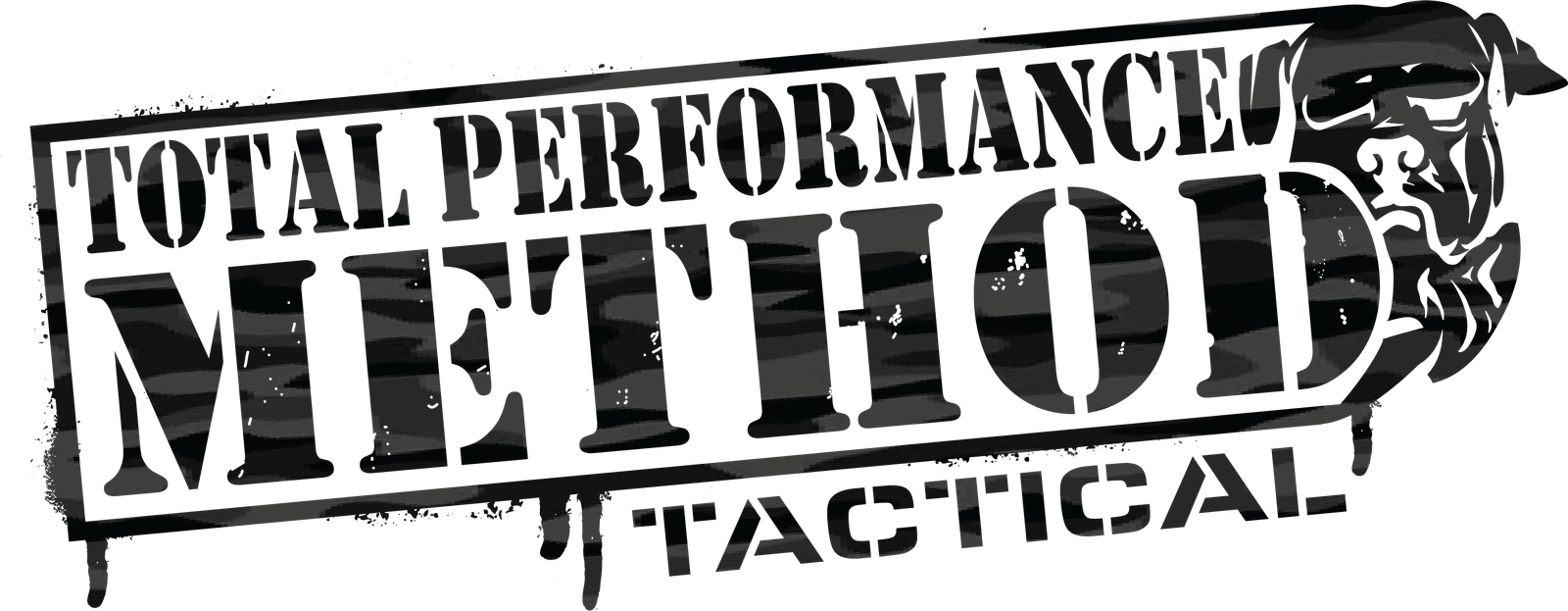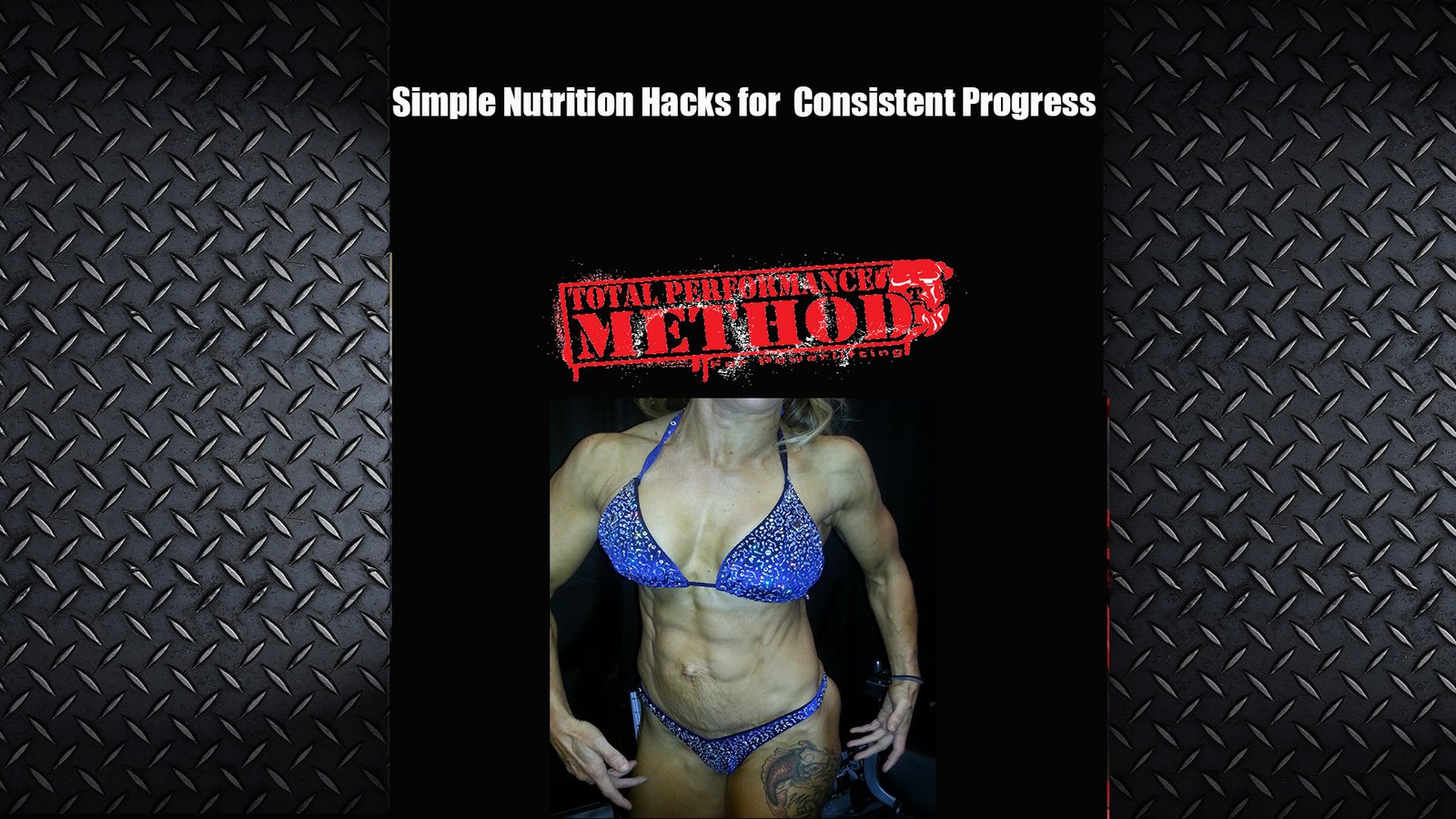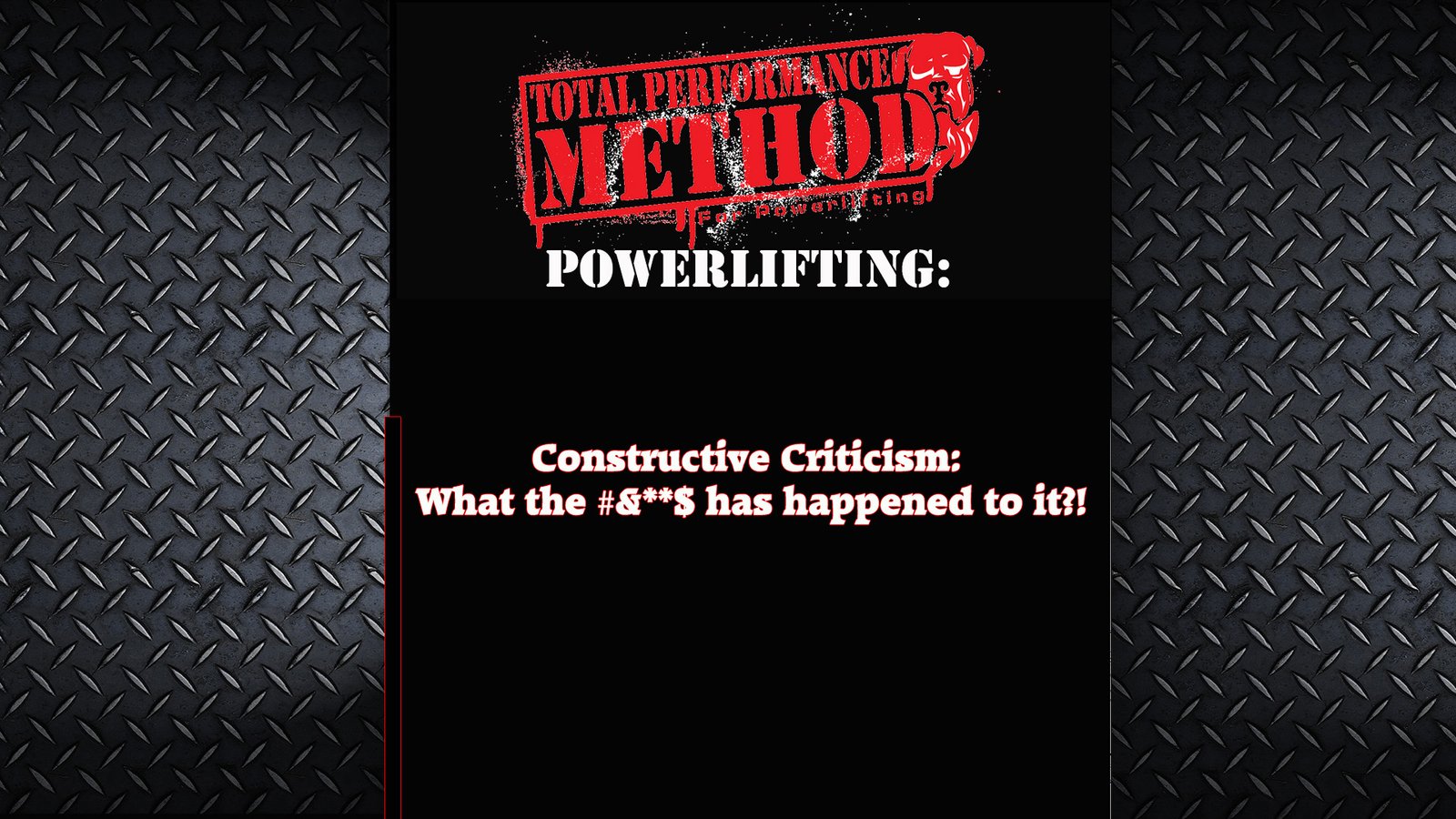By Marc “Spud” Bartley
Creatine has been around for quite some time and has many, many clinical studies documenting its benefits, which most people agree upon. Most of the customers I work with understand creatine’s strength-enhancing and cell-volumizing capabilities (muscle fullness and size). These are more than well documented. But creatine has other benefits that are not so well known.
Creatine is a transporter of energy into the cells. In other words, it helps to get ATP (cellular energy source) restored and back into the cell to continue your available energy. This is especially helpful after too much lactic acid has built up from training. Think of lactic acid as cell trash that cannot get out of the cell; this is what causes most of the soreness from training. If you are using a supplement with creatine, you can add more reps and volume to your training and increase your size and strength gains very quickly. This energy benefit of creatine can apply to endurance athletes, as well, so do not think that it only helps the heavy lifter. Using creatine can also increase the amount of glycogen (energy) transported into the cell and stored by the cell, which means you can go longer and increase your intensity during training.
Some of the newer information on creatine shows that it may block myostatin. Myostatin, in simple terms, is one of the factors that control cellular growth. By knocking out myostatin, you can trigger more muscular growth and thus limit catabolism or muscle breakdown.
Here are the main points about creatine:
1. Muscle growth and fullness
2. Strength enhancement
3. Muscular endurance
4. Anti-catabolic effects, through possible inhibition of myostatin
5. It helps to transport more glycogen back into the cells
For more great information on creatine, check out the book Carb Back Loading 1.0 by John Kiefer.







Leave A Comment